Top 25 Forgotten F1 Tracks
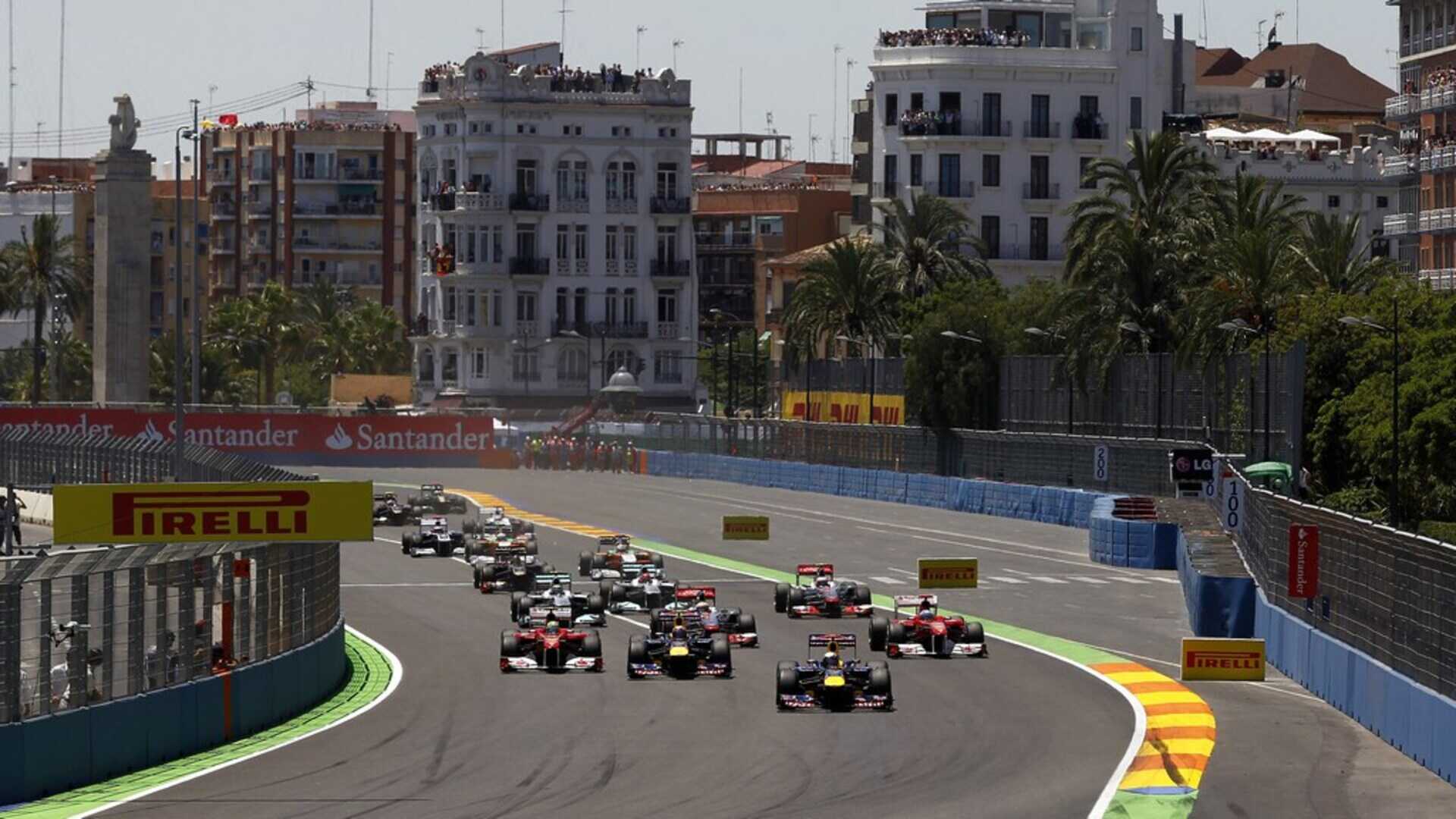
25. Valencia Street Circuit (Spain)
A stunning marina backdrop couldn’t save this narrow track. Hosted F1 from 2008–2012 before financial issues ended its run.
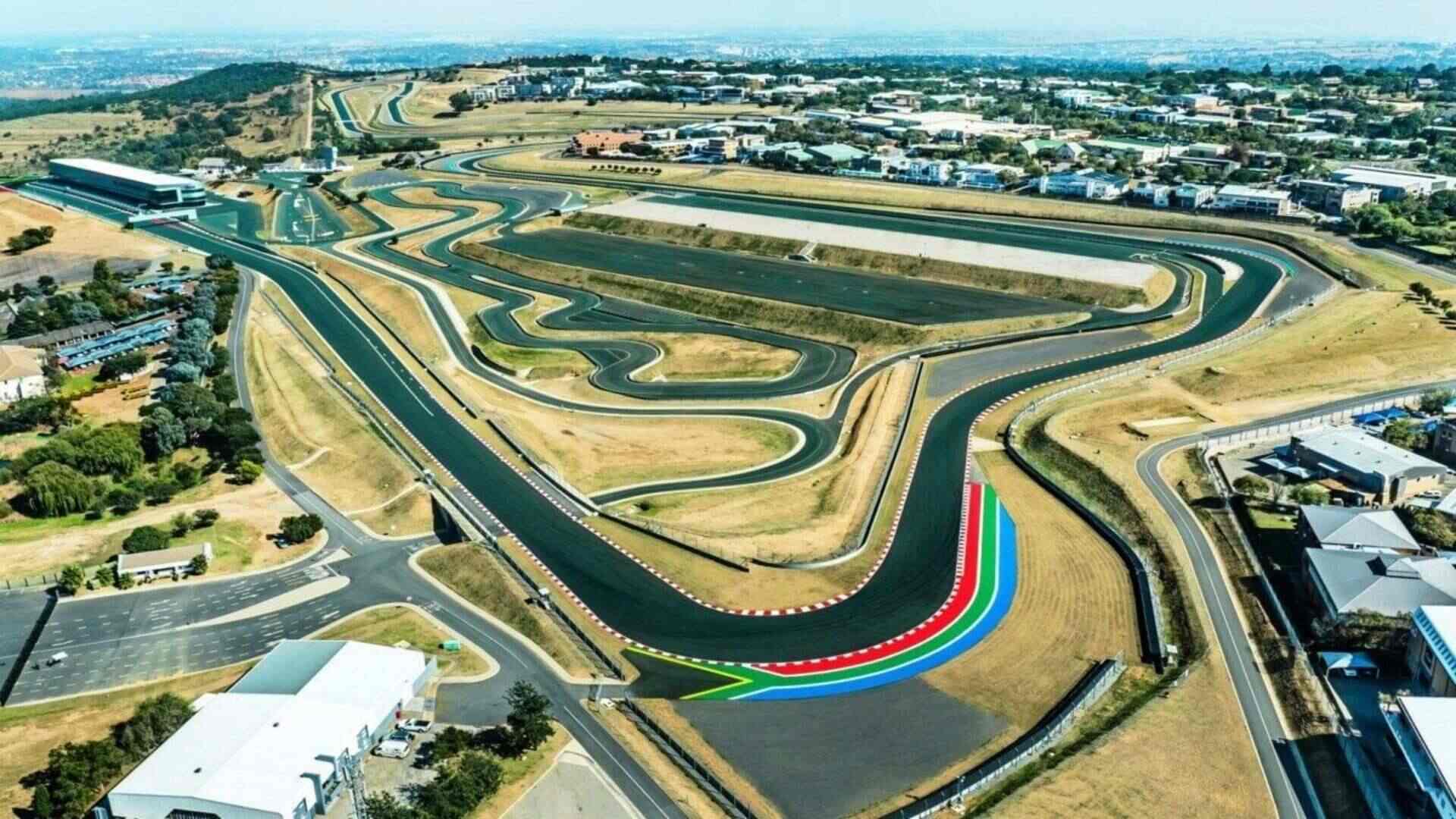
24. Kyalami (South Africa)
Fast and flowing, Kyalami was a favorite in the ’60s–’80s. Political and financial problems forced F1 to leave in 1993.
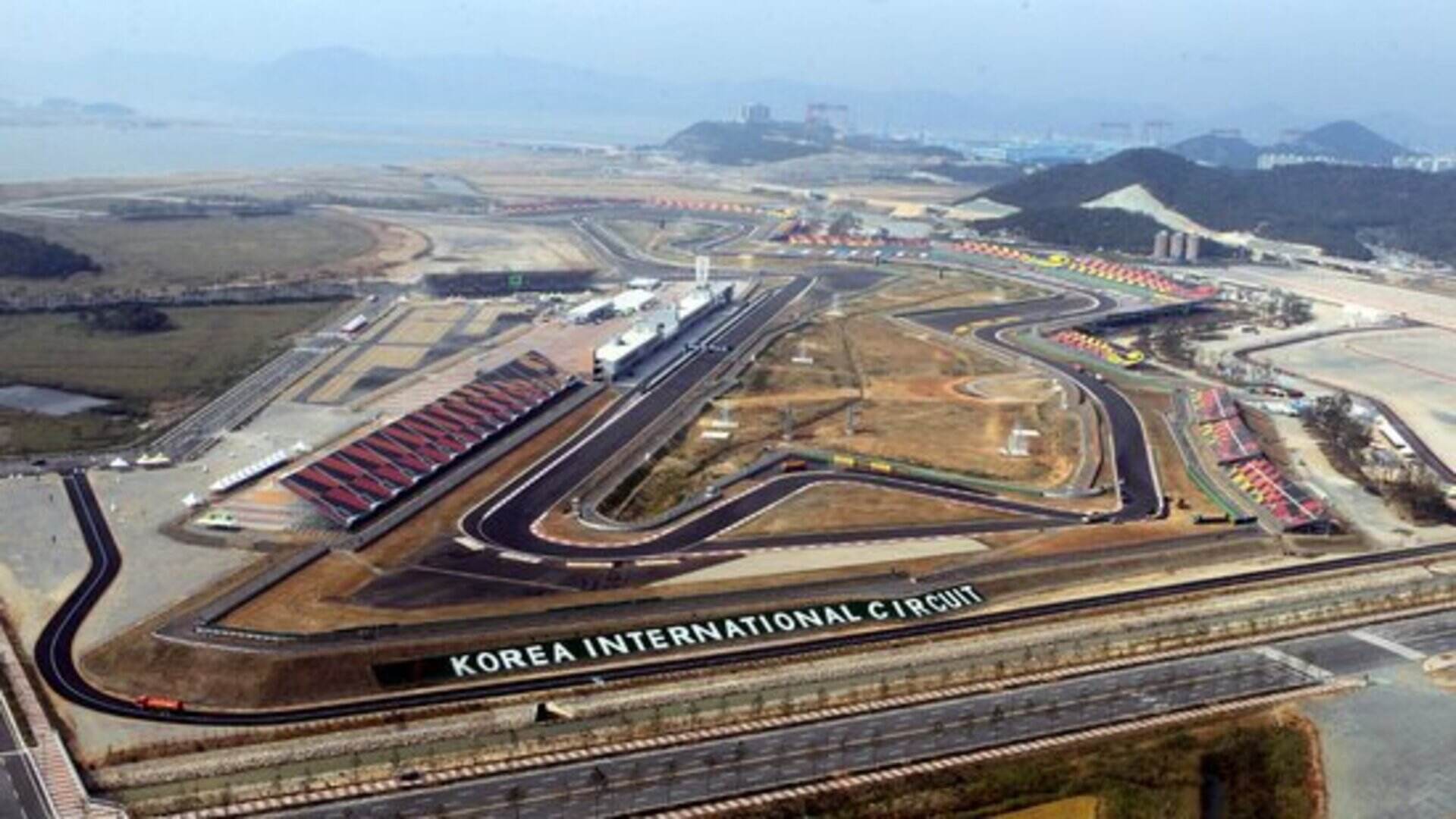
23. Korea International Circuit (Yeongam)
Built for F1’s Asian expansion, it hosted races from 2010–2013. Scenic but logistically challenging, it couldn’t attract fans long-term.
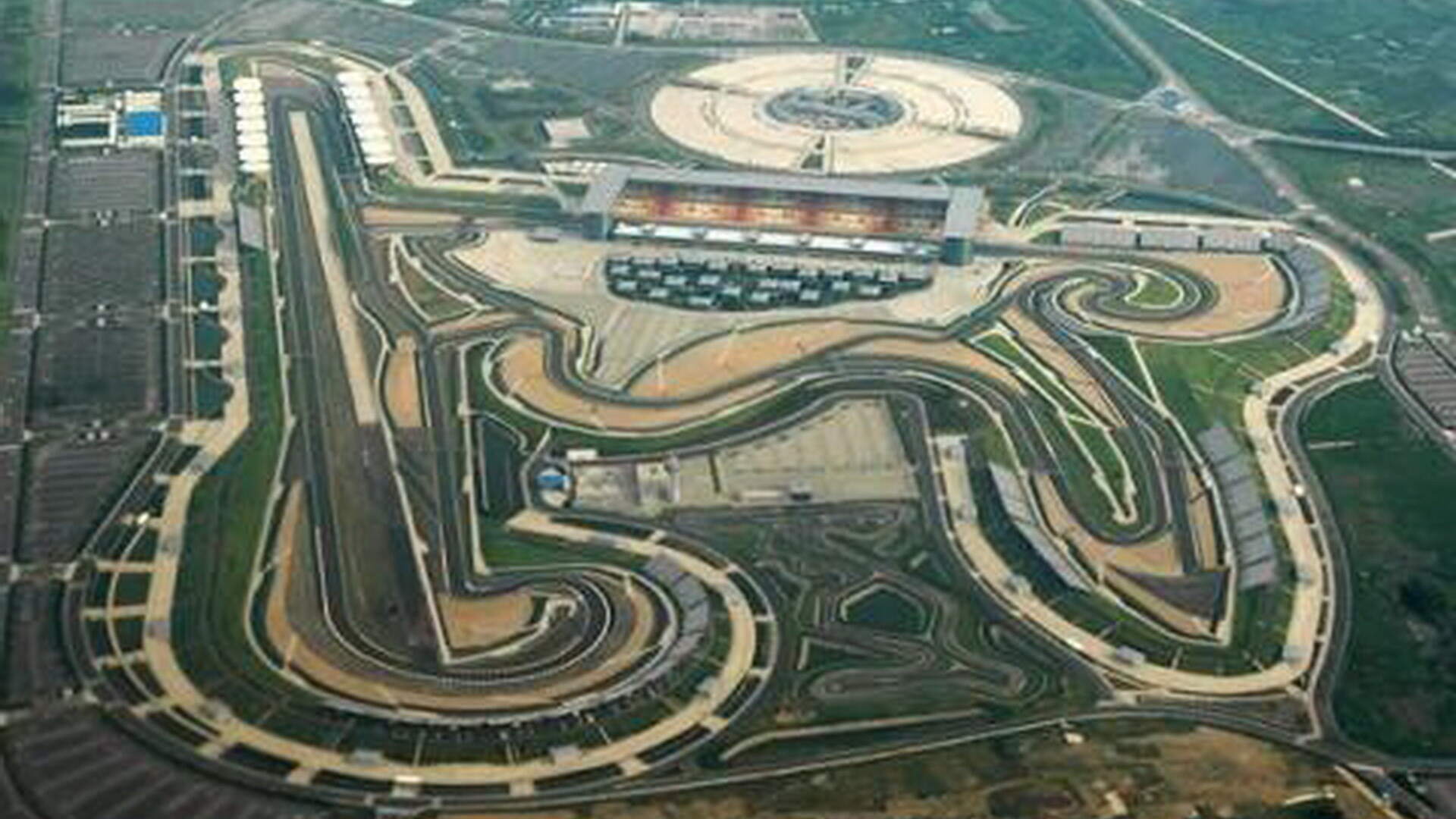
22. Buddh International Circuit (India)
A modern gem with flowing corners and a smooth surface. Bureaucracy and tax issues ended its brief life after 2013.
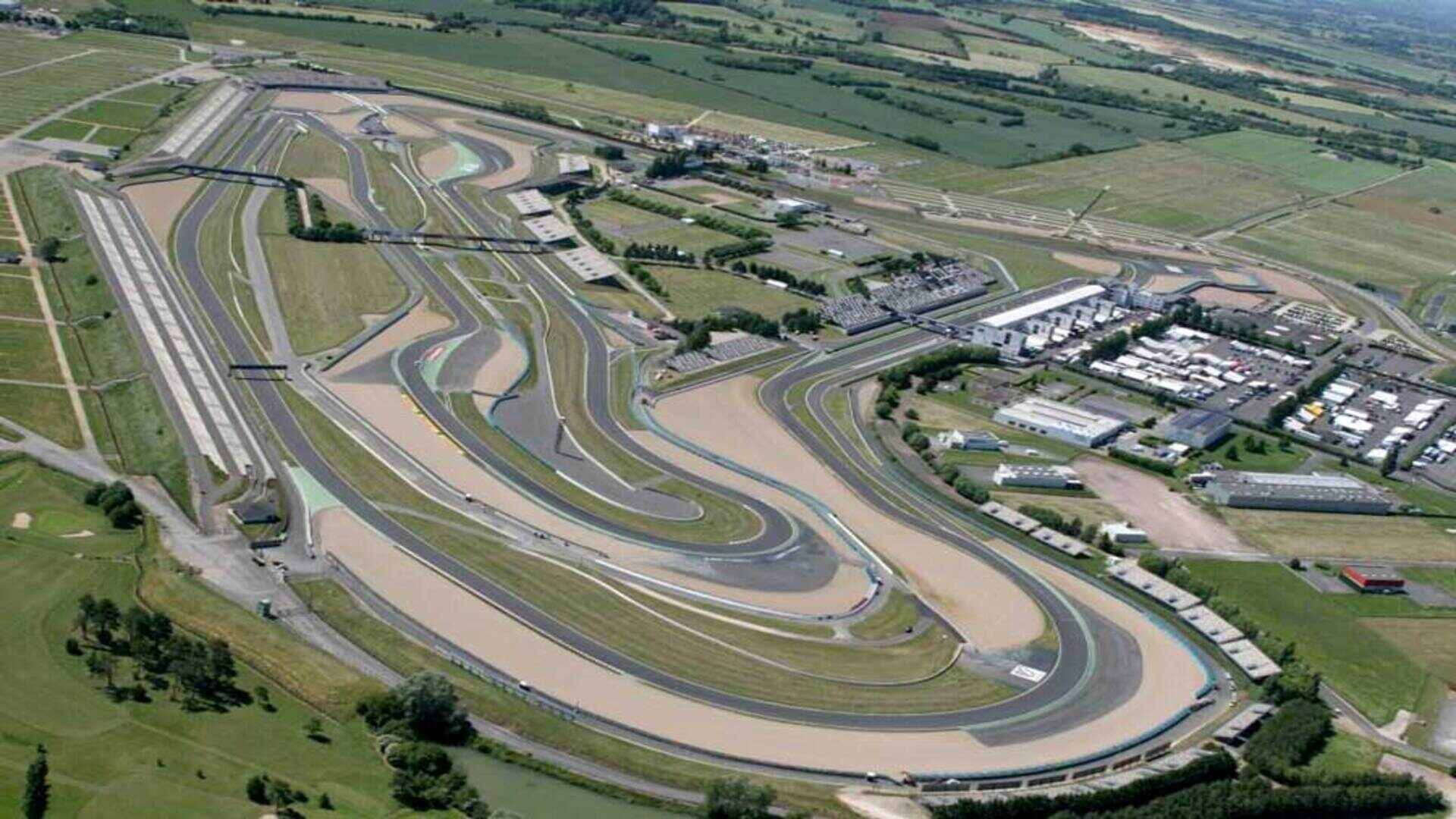
21. Circuit de Nevers Magny-Cours (France)
Known for Michael Schumacher’s dominance, Magny-Cours was smooth and technical. Its remote location pushed F1 back to Paul Ricard.
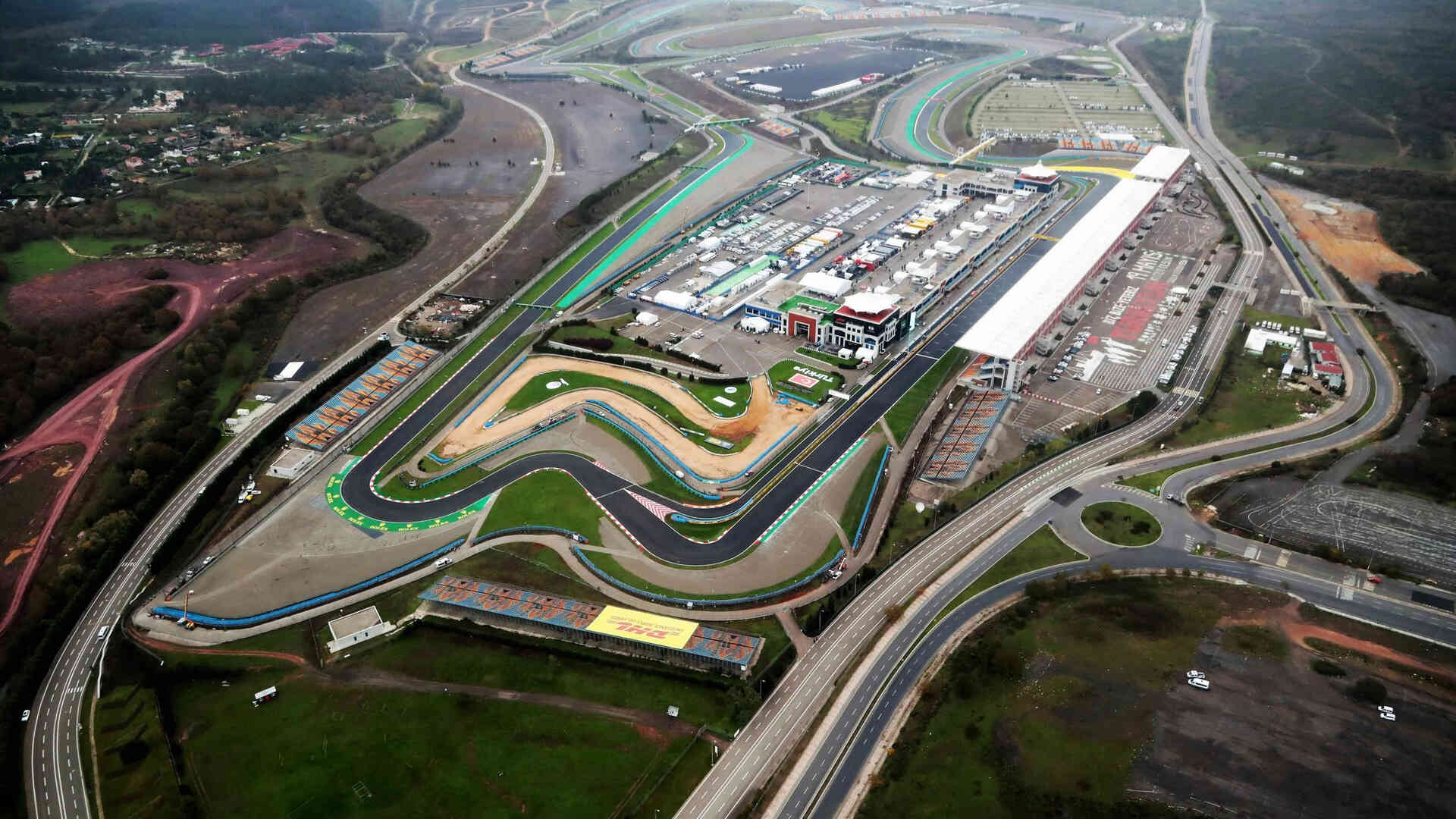
20. Istanbul Park (Turkey)
Turn 8 is still legendary among drivers and fans. Low attendance and financial struggles ended its 2011–2012 F1 stint.
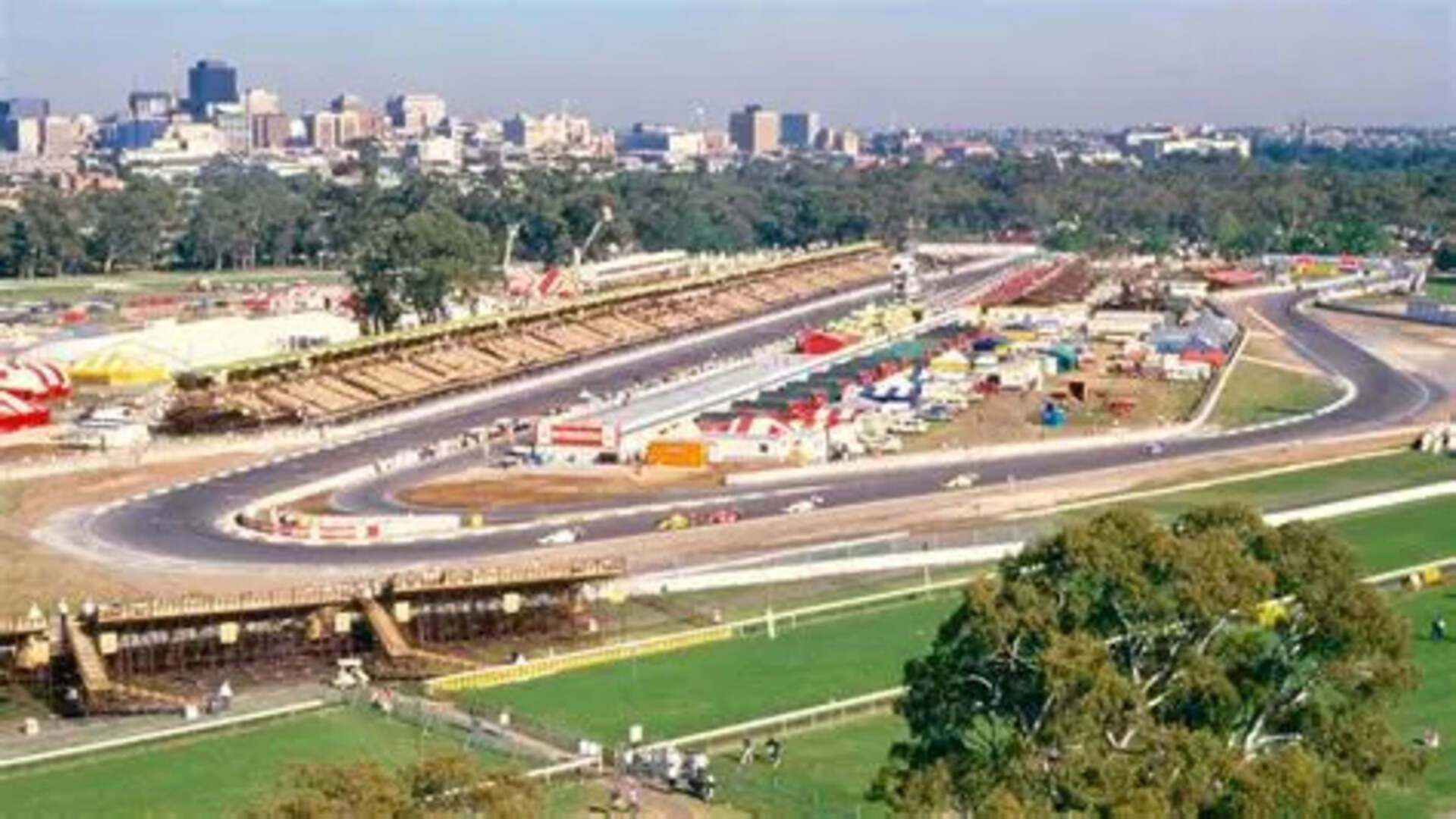
19. Adelaide Street Circuit (Australia)
Host of dramatic finales like Senna vs. Mansell in 1994, Adelaide thrilled city fans. F1 moved to Melbourne for better infrastructure.
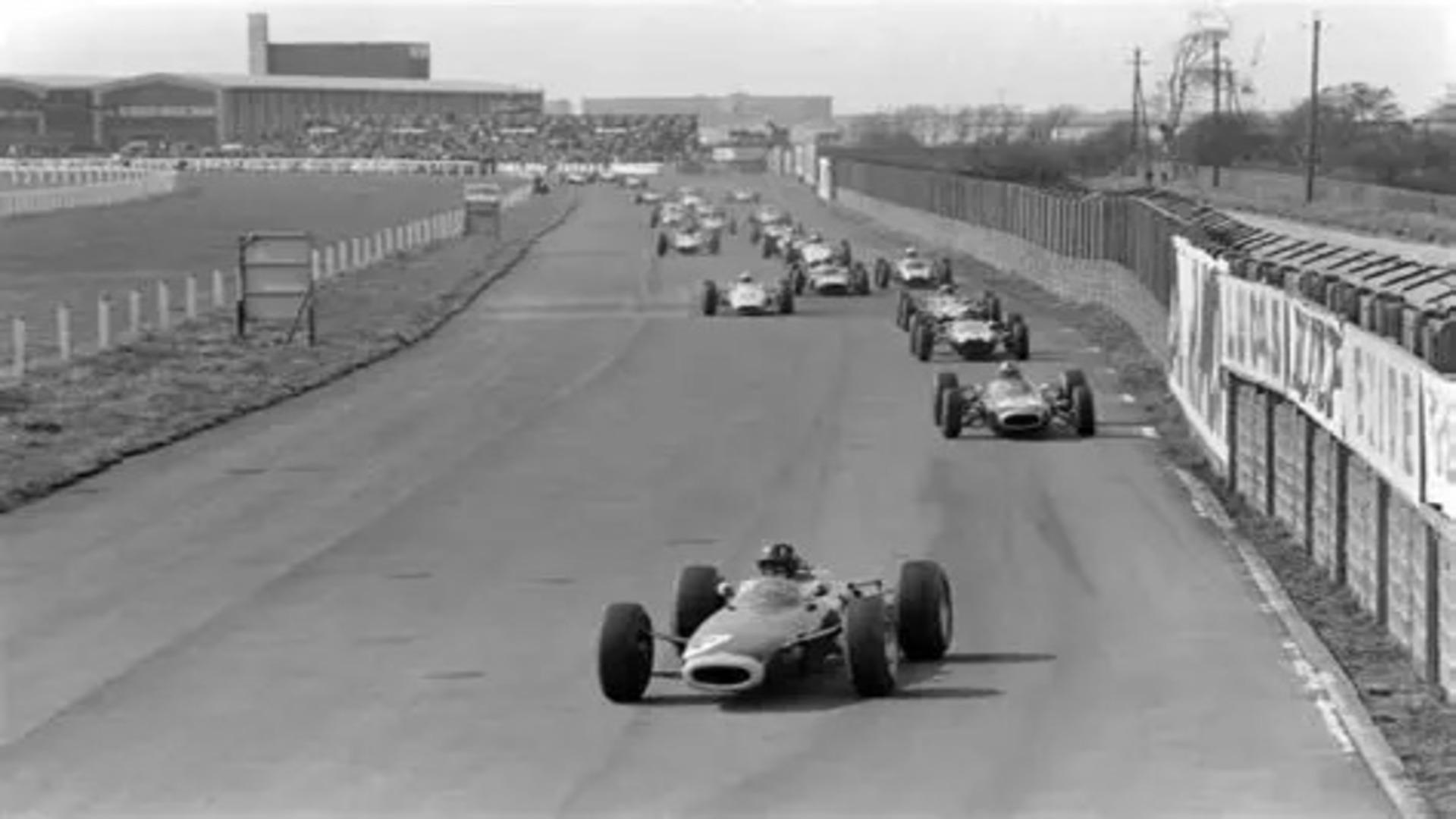
18. Aintree Circuit (UK)
Once a British GP venue in the ’50s and ’60s, Aintree is full of history. Today, it hosts only club and historic racing events.
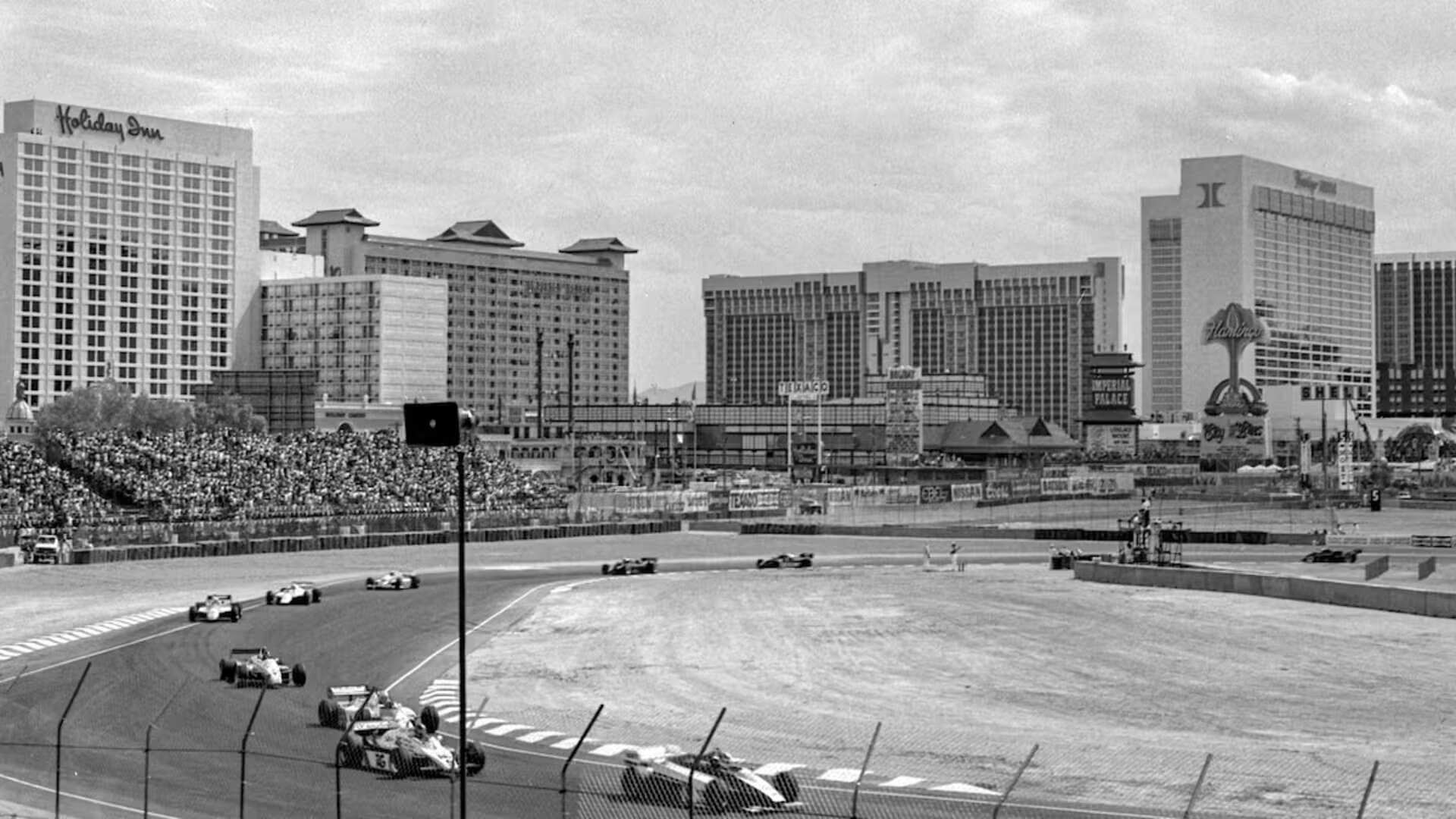
17. Caesars Palace (Las Vegas, older layout)
A desert parking-lot circuit that challenged drivers with heat and bumps. It lasted only two races in the early ’80s before disappearing.
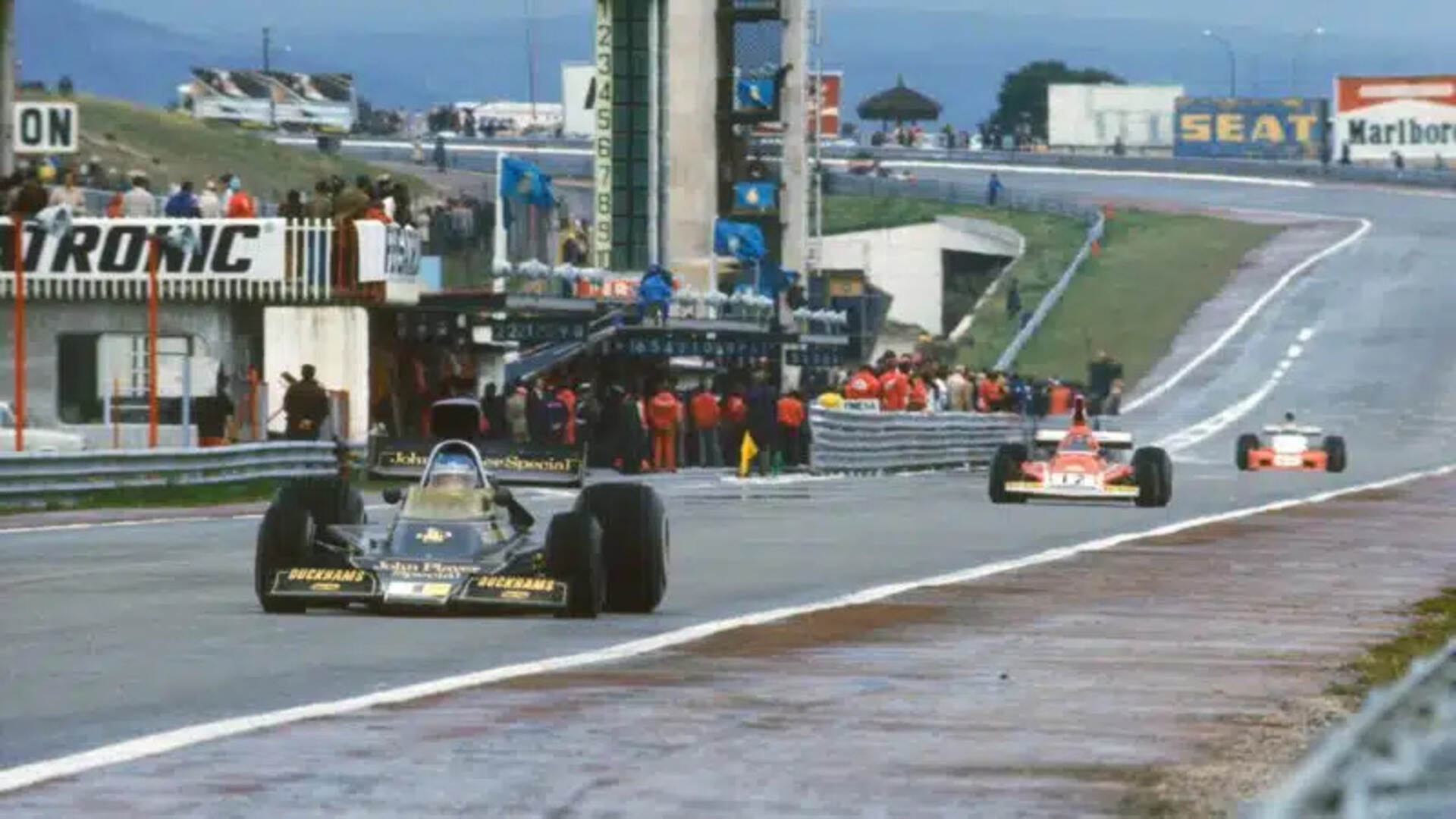
16. Jarama (Spain)
Tight and twisty near Madrid, Jarama tested drivers’ precision skills. Dropped from F1 in the early ’80s due to safety and space limitations.
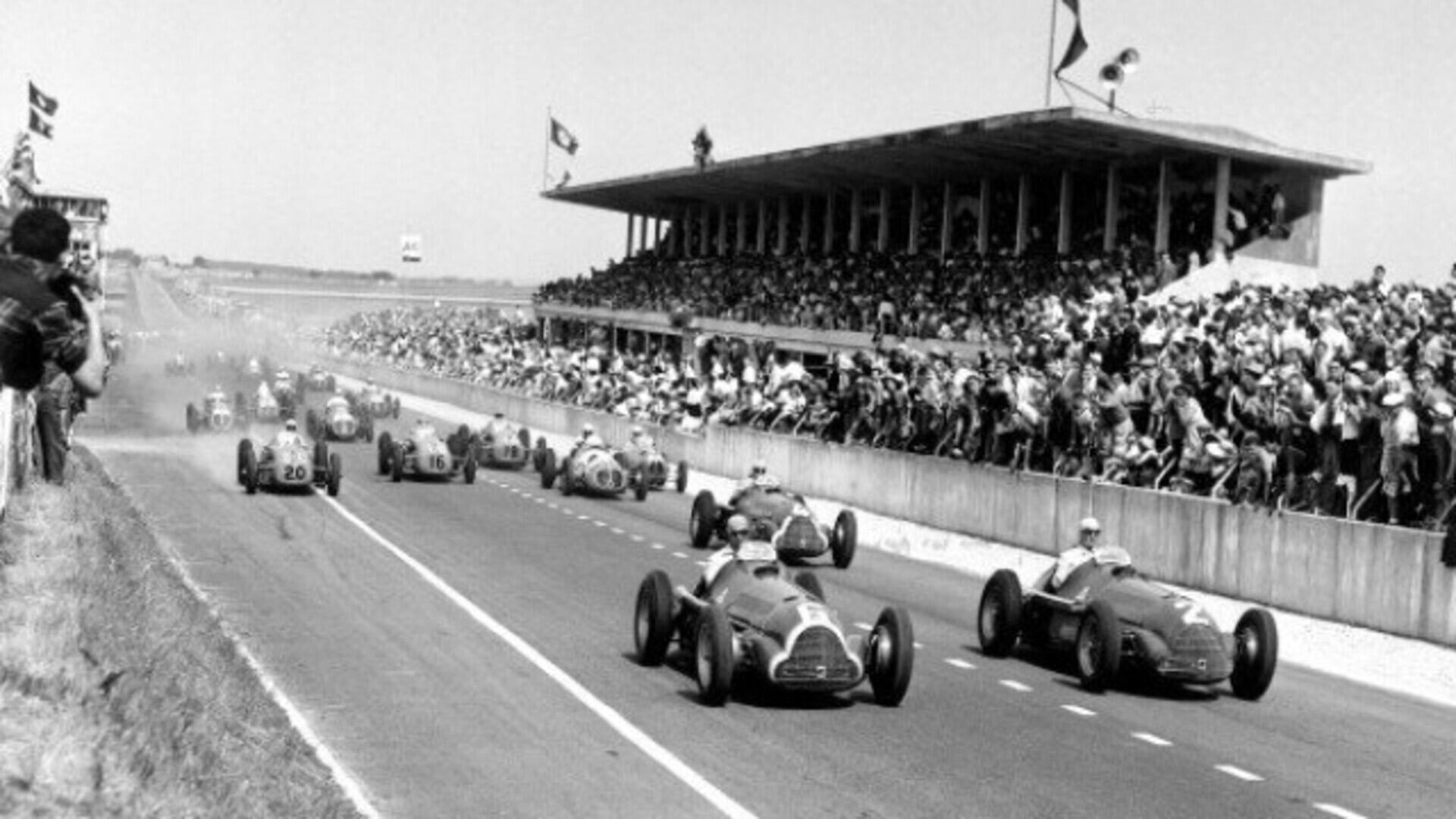
15. Reims-Gueux (France)
A breathtaking high-speed road course through Champagne country. Gorgeous but deadly, it was removed from F1 in the 1960s.
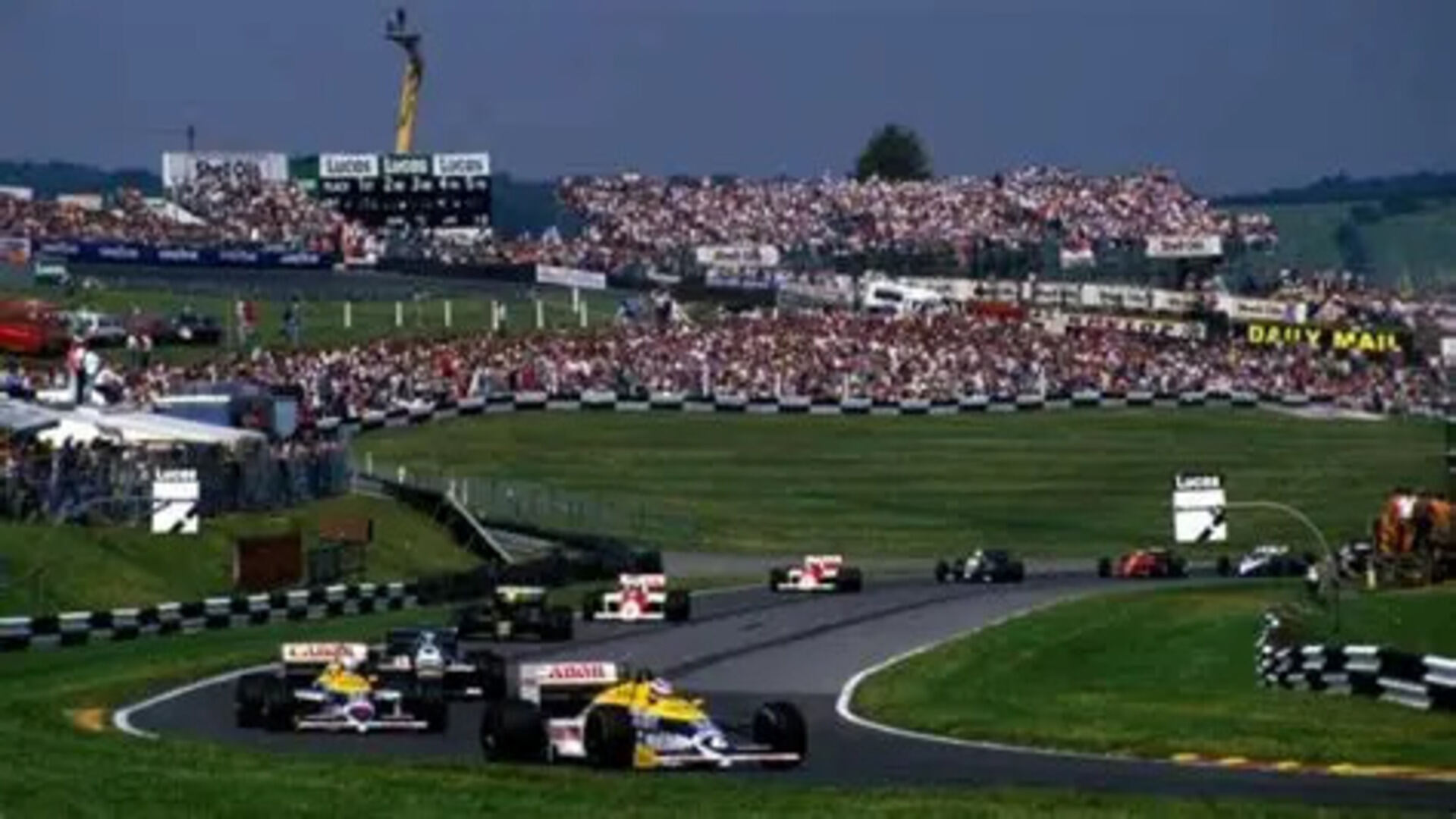
14. Brands Hatch (UK)
Undulating and dramatic, Brands Hatch was loved by fans and drivers alike. F1 left after 1986 due to modern safety requirements.
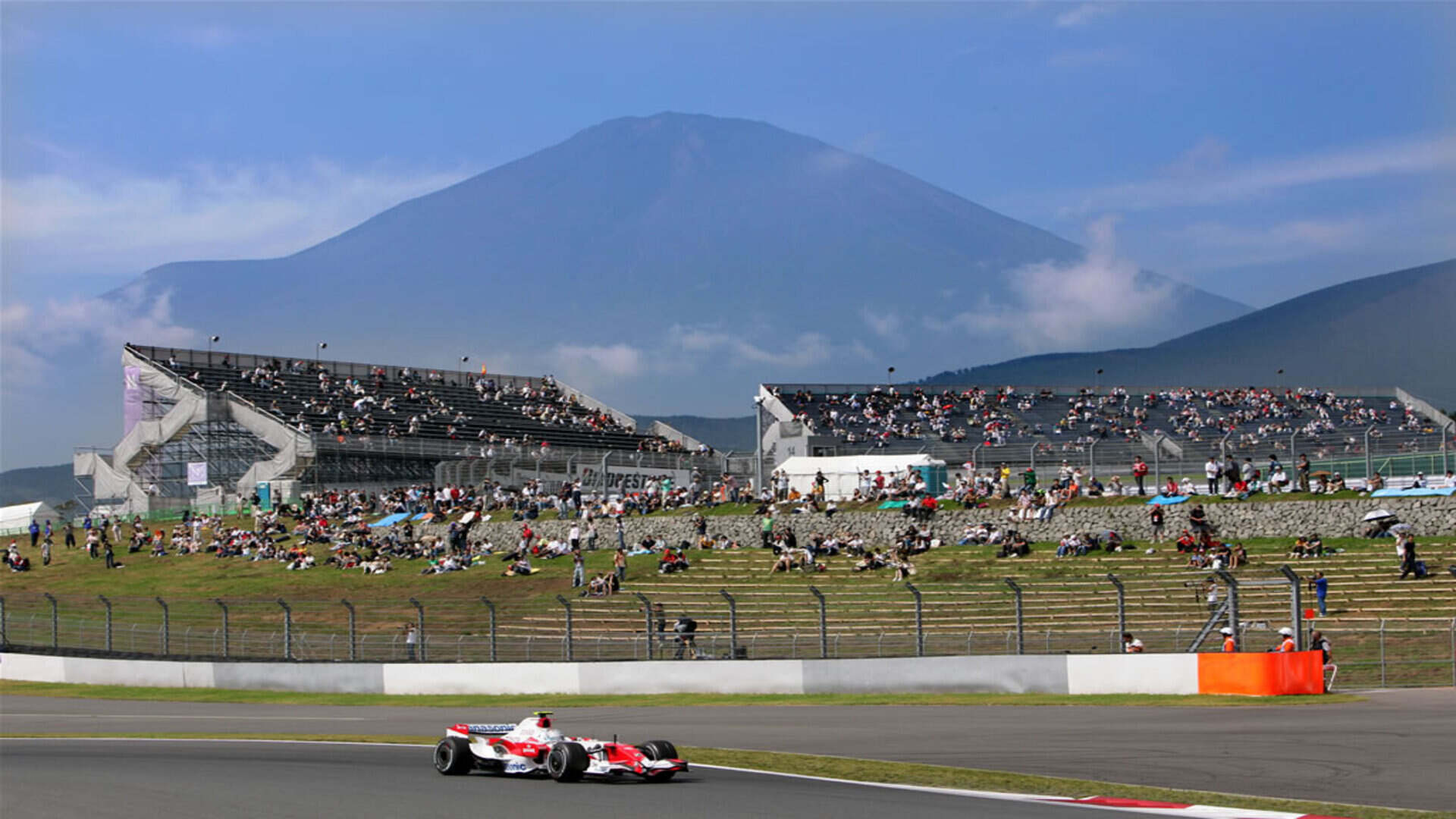
13. Fuji Speedway (Japan)
Rain and fog made Fuji unpredictable and thrilling. Last hosted F1 in 2007 under Toyota’s management.
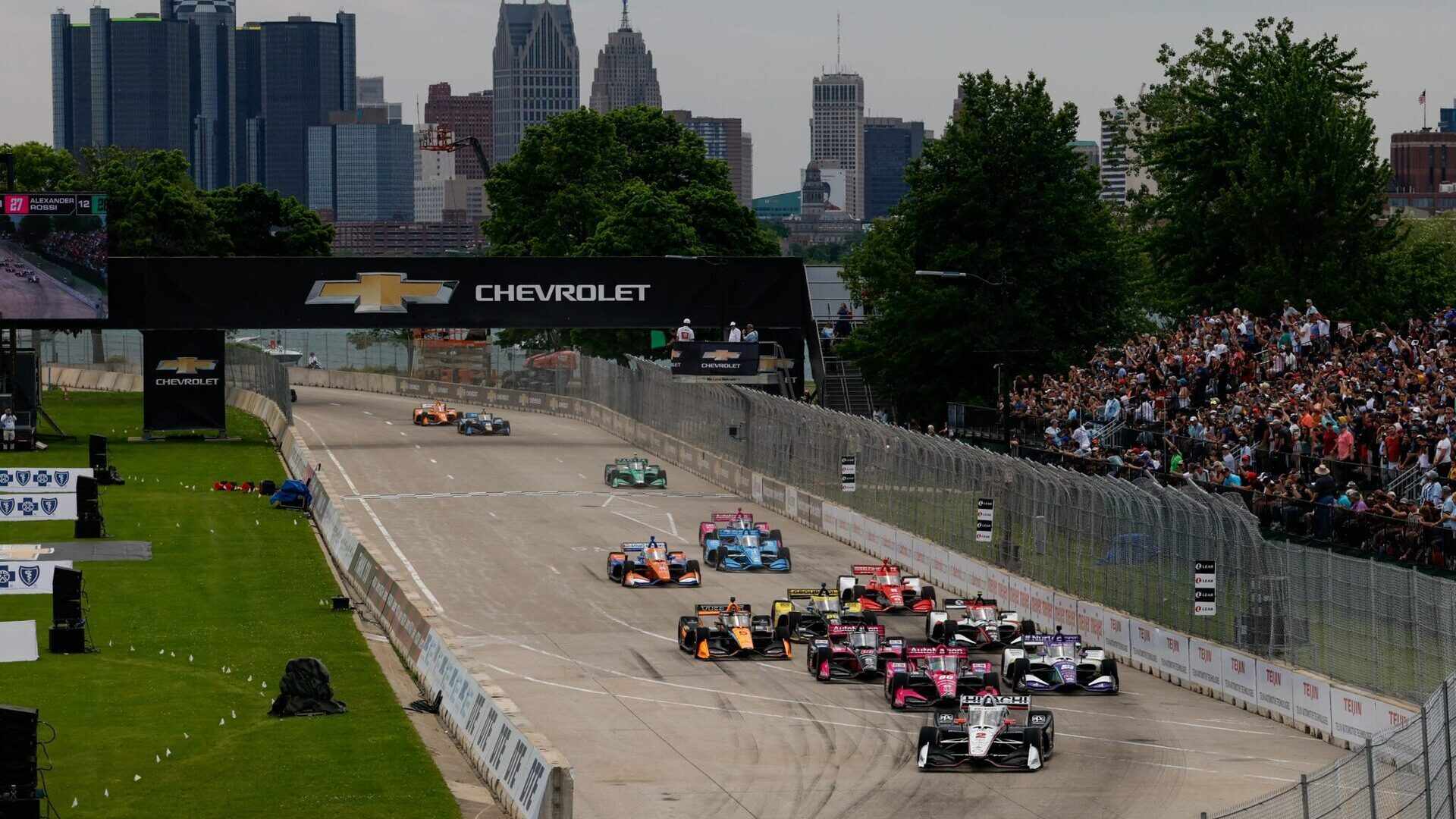
12. Detroit Street Circuit (USA)
Narrow, bumpy, and brutal, Detroit challenged drivers like few circuits could. Hosted F1 from 1982–1988 before the series moved to Phoenix.
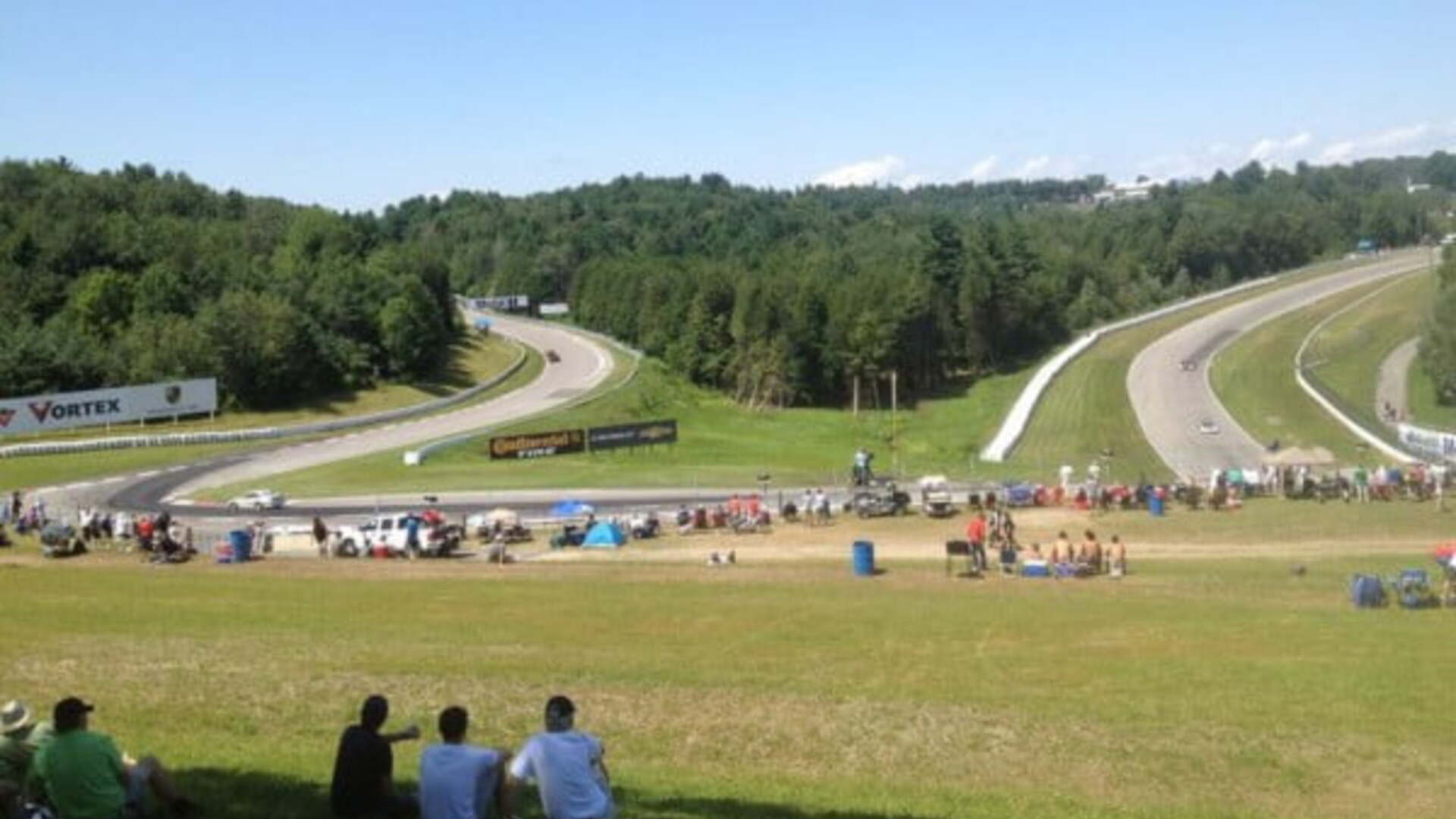
11. Mosport Park (Canada)
Canada’s original GP venue offered fast, flowing corners and elevation changes. F1 moved to Montreal’s Circuit Gilles Villeneuve for better facilities.
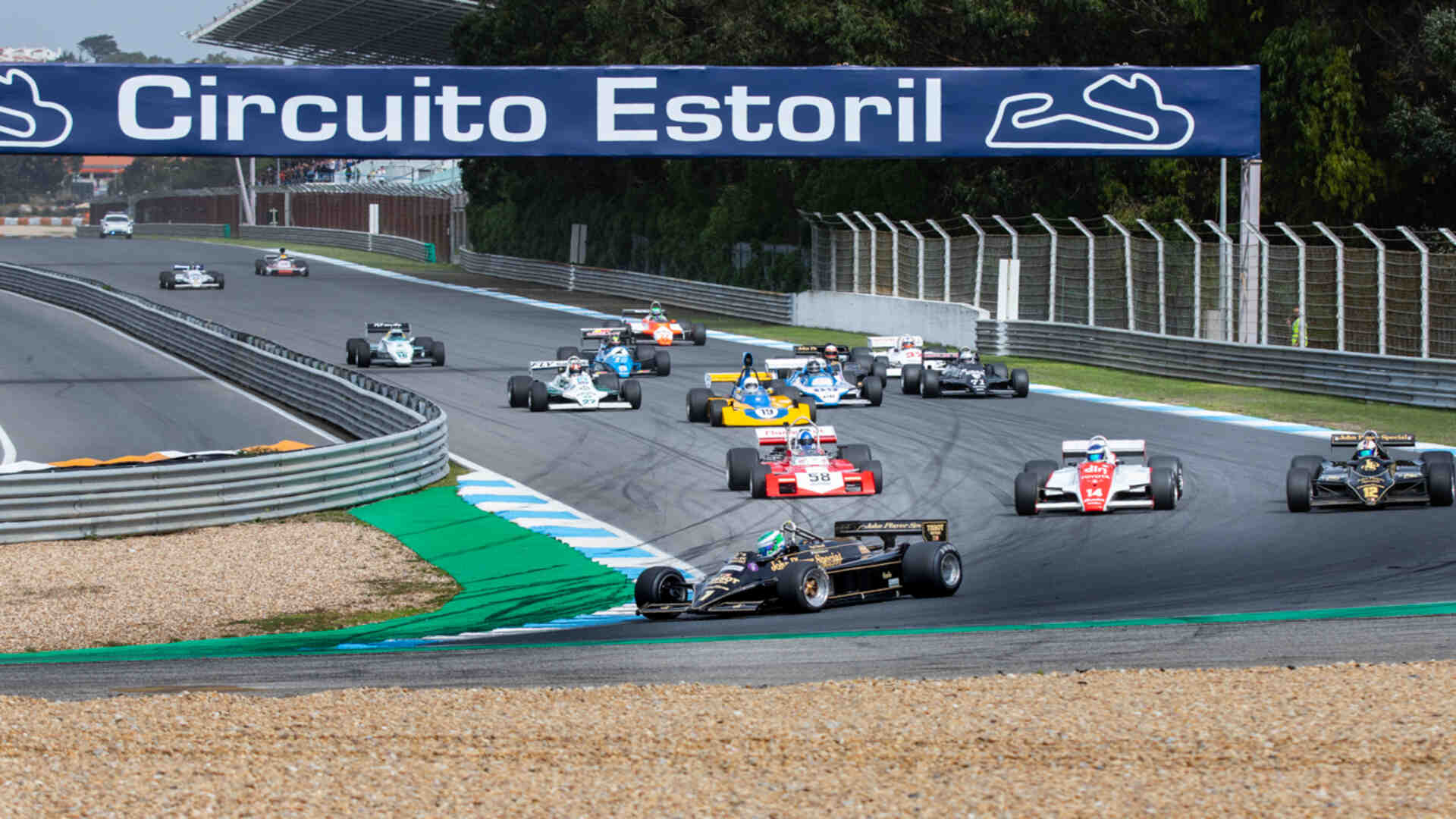
10. Estoril (Portugal)
Technical and scenic, it saw Senna’s first F1 win in 1985. Outdated safety and infrastructure ended its F1 tenure by the late ’80s.
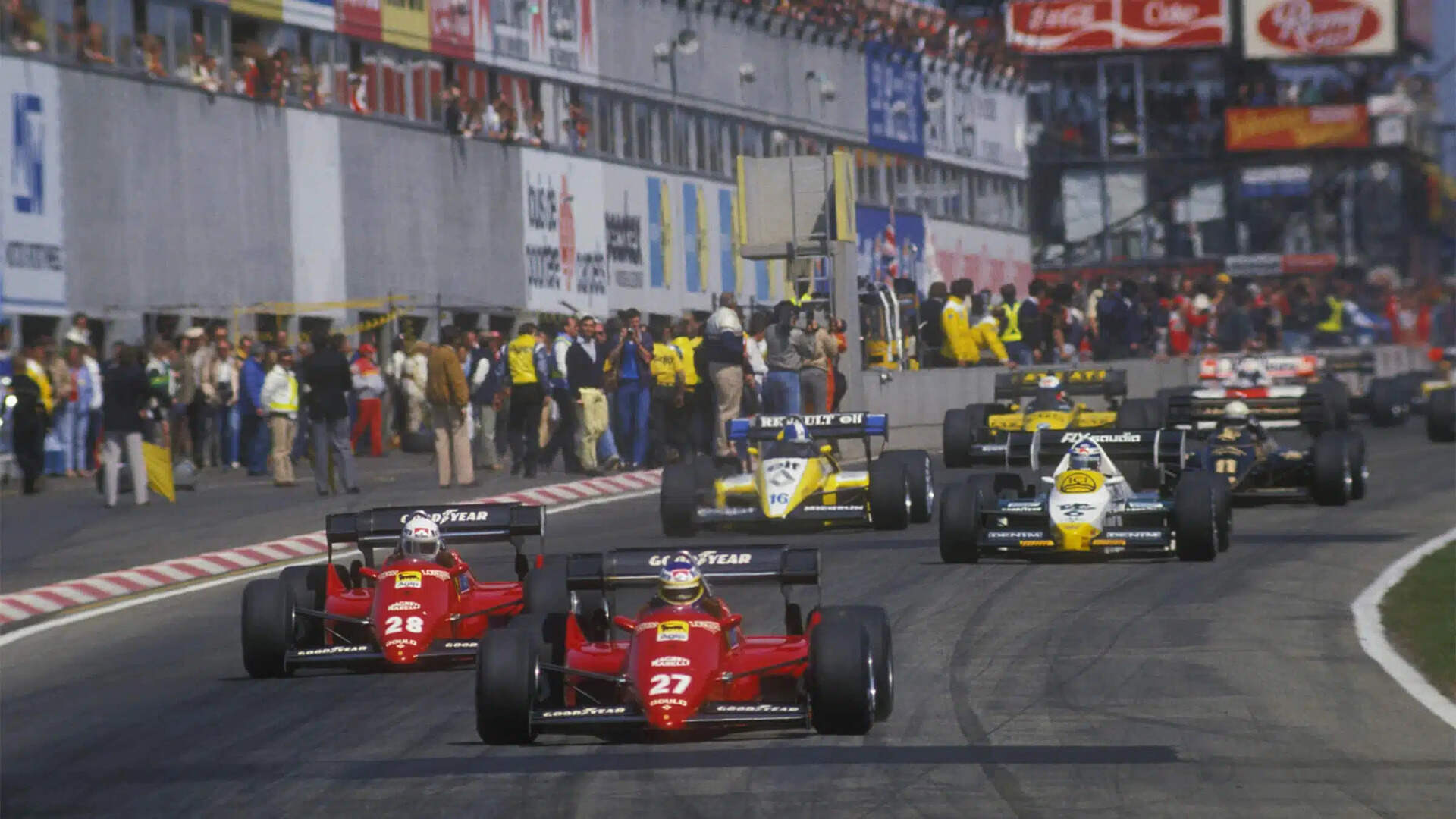
9. Zolder (Belgium)
Zolder is remembered for intense racing and Villeneuve’s tragic death in 1982. F1 permanently moved to Spa-Francorchamps afterward.
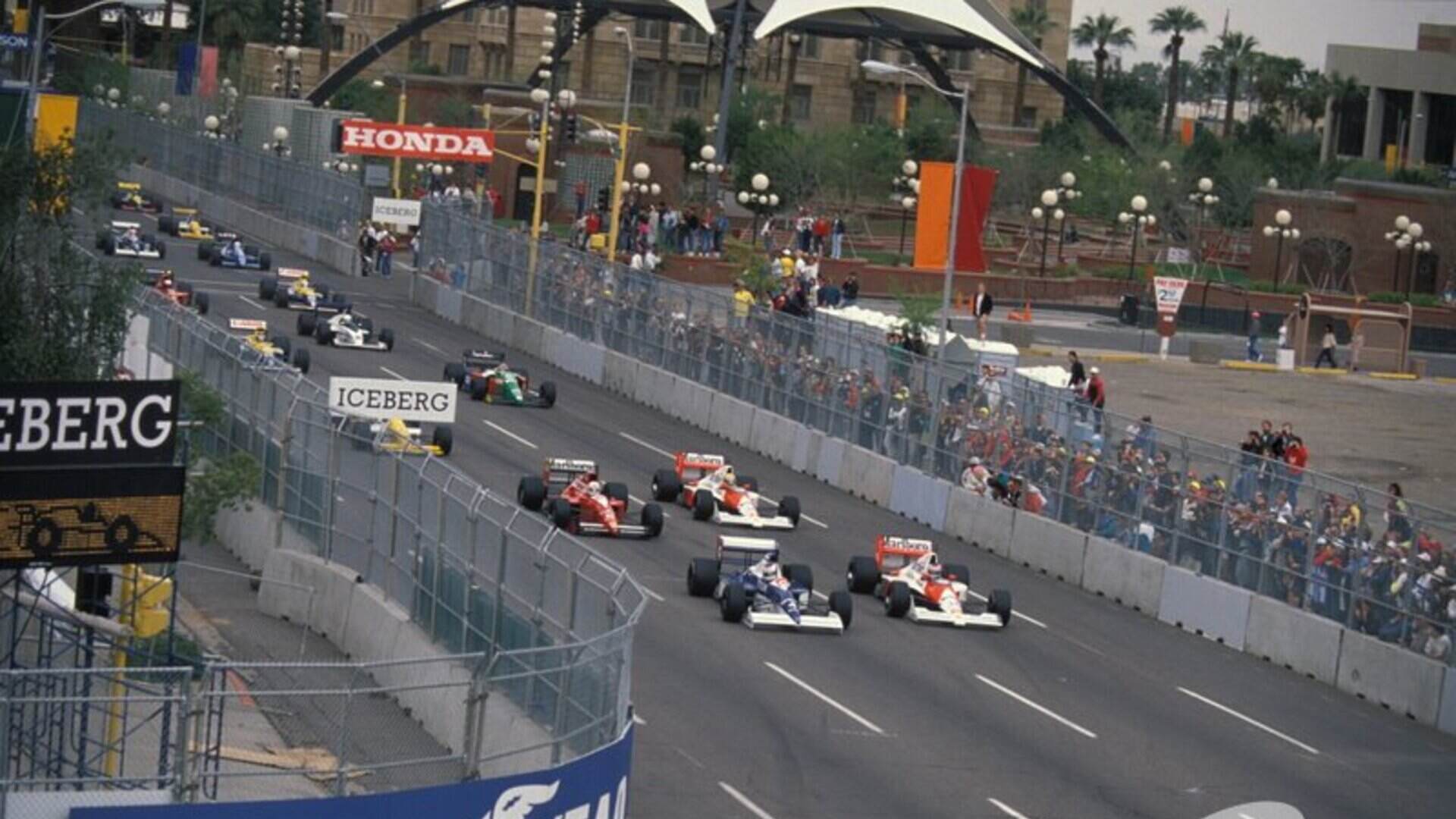
8. Phoenix Street Circuit (USA)
Flat, hot, and relatively featureless, Phoenix was unpopular among drivers. It hosted F1 from 1989–1991 before disappearing.
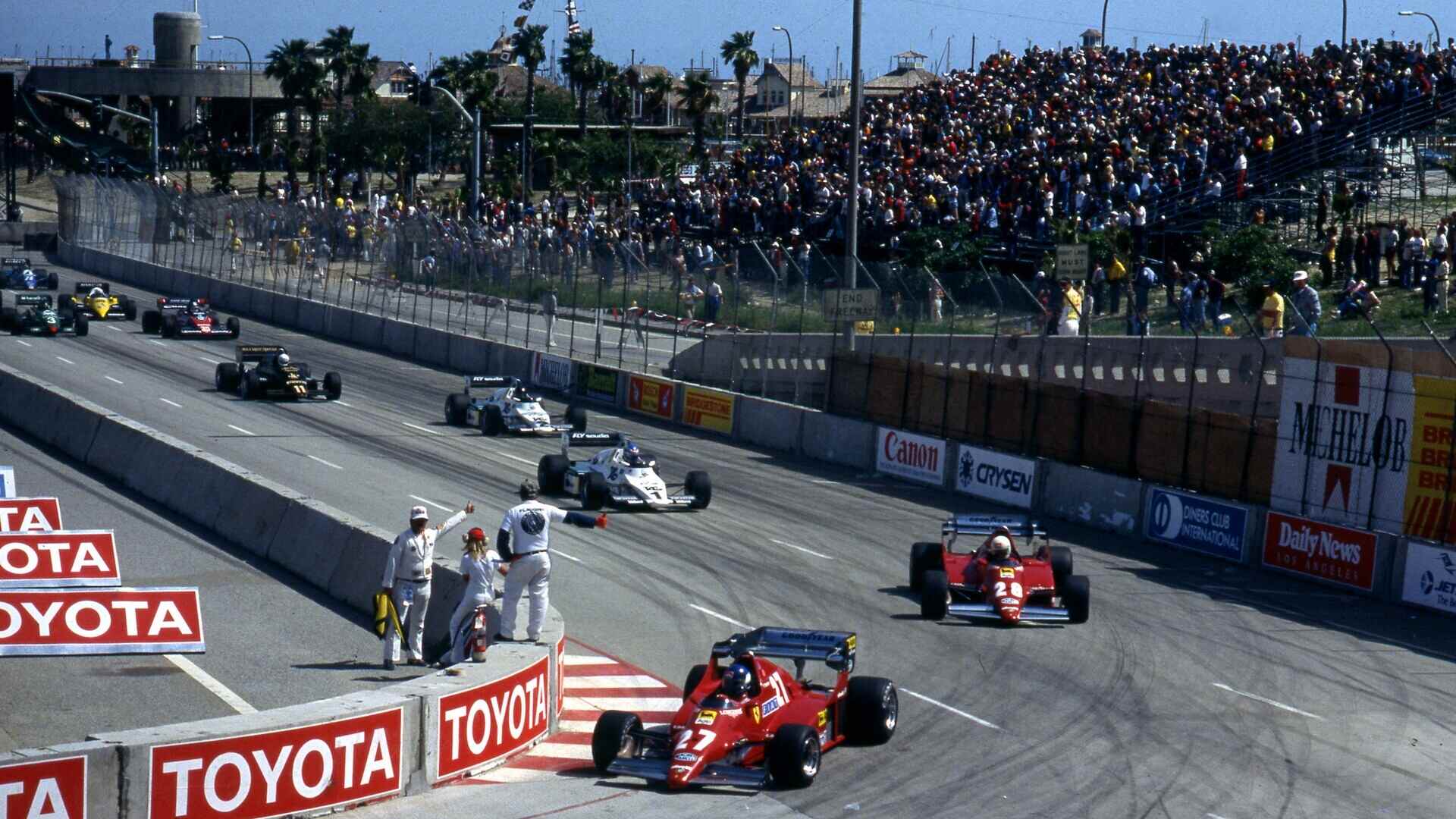
7. Long Beach (USA)
A glamorous city circuit, Long Beach combined tight corners with coastal views. F1 left in 1983, but it became a cornerstone of IndyCar racing.
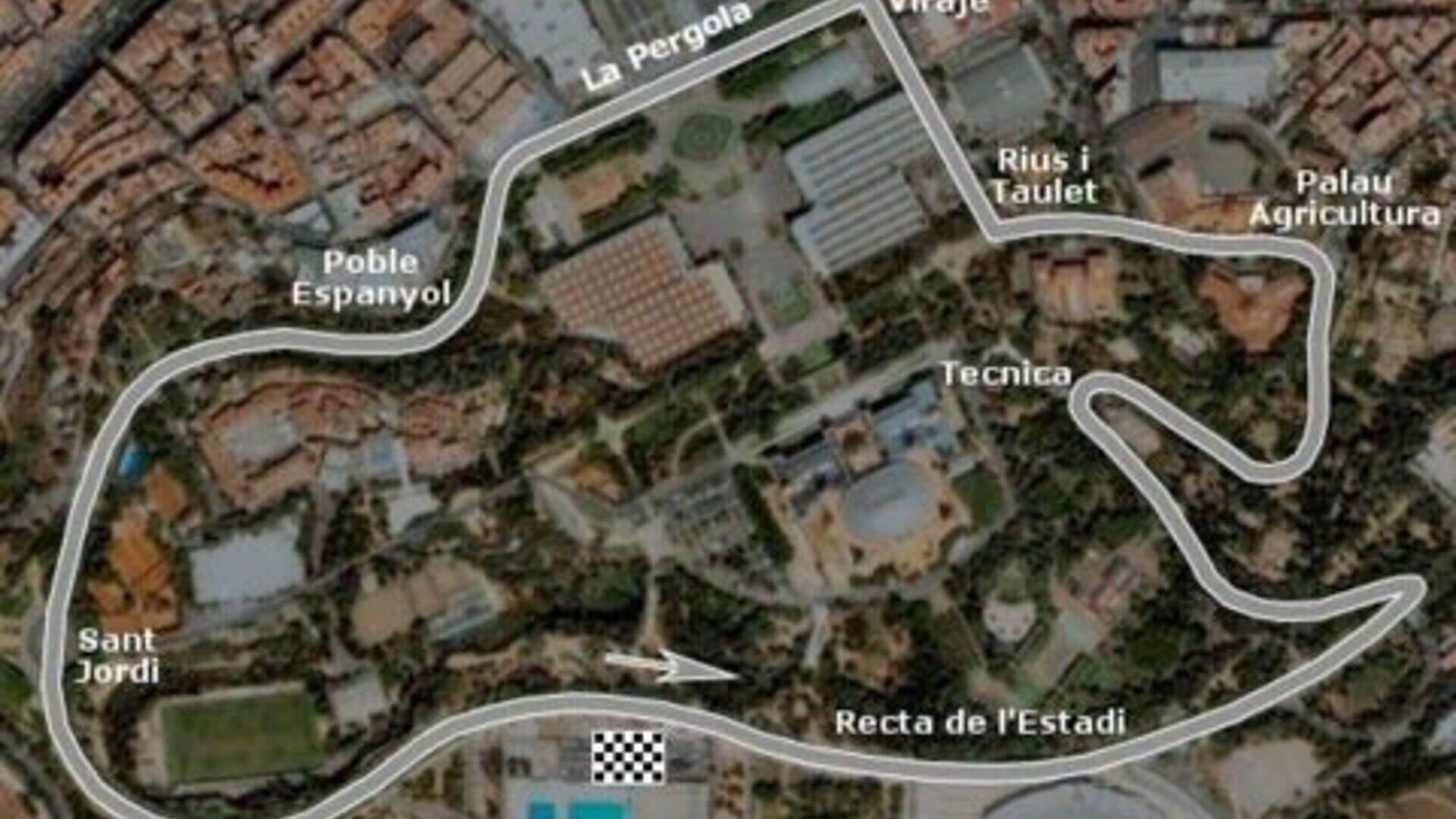
6. Montjuïc Park (Spain)
A scenic parkland track with steep drops and dangerous corners. Fatal crashes in 1975 ended its F1 career forever.
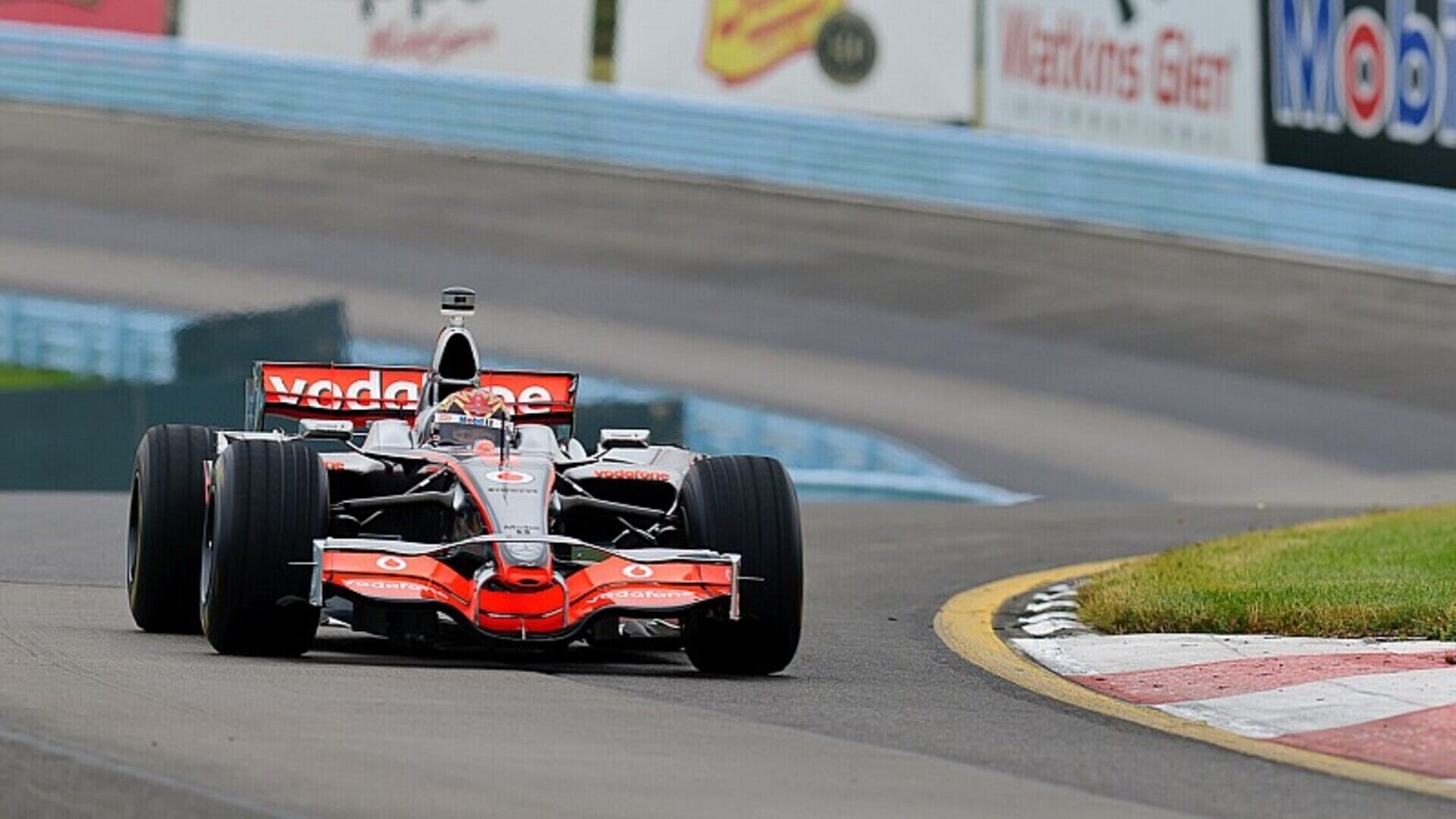
5. Watkins Glen (USA)
Classic American road course with elevation changes and flowing corners. Safety concerns ended its F1 run in 1980.
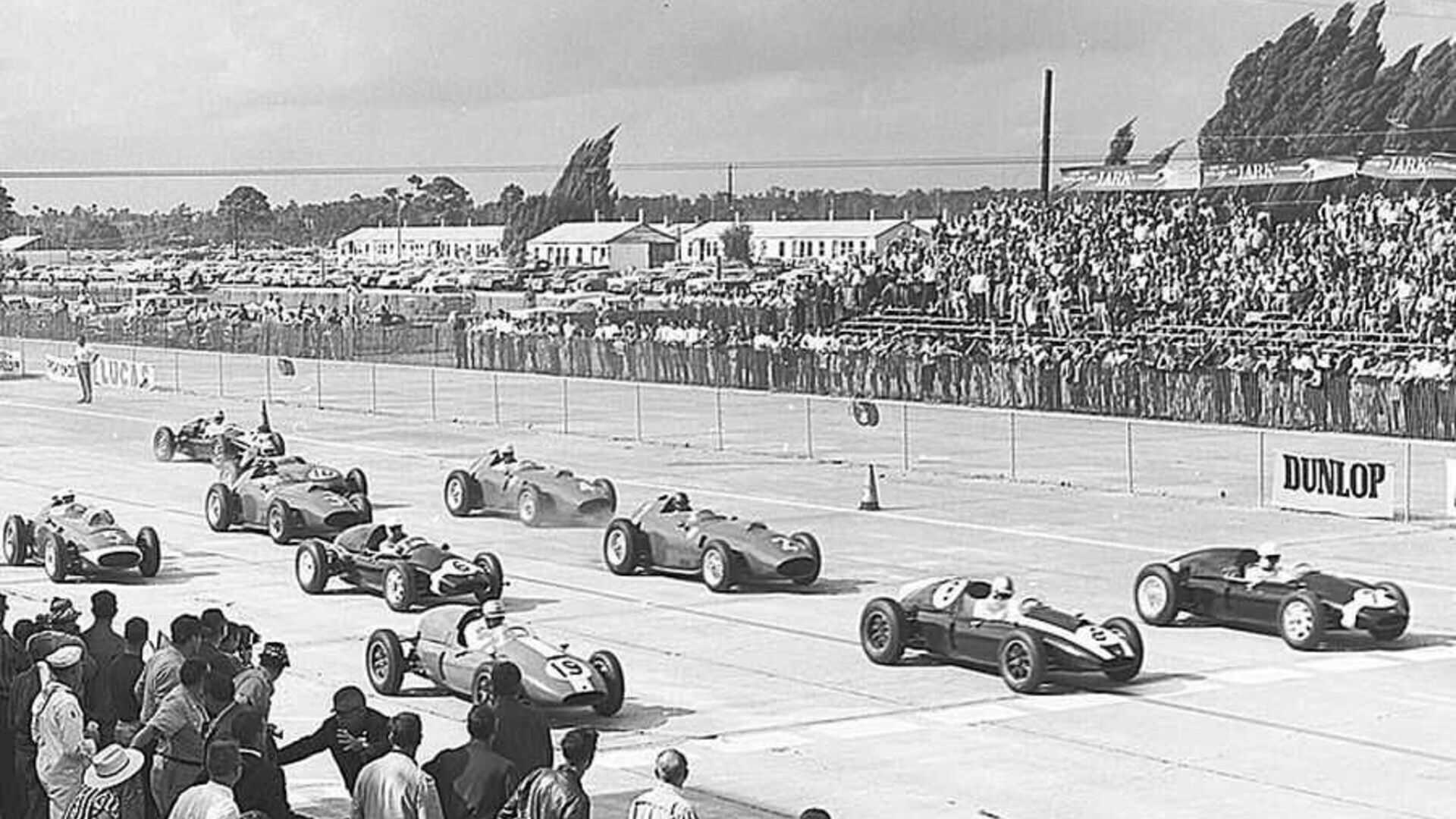
4. Sebring (USA)
Host of the 1959 US GP, Sebring was rough and bumpy. Designed for endurance racing, it was ill-suited for Formula 1.
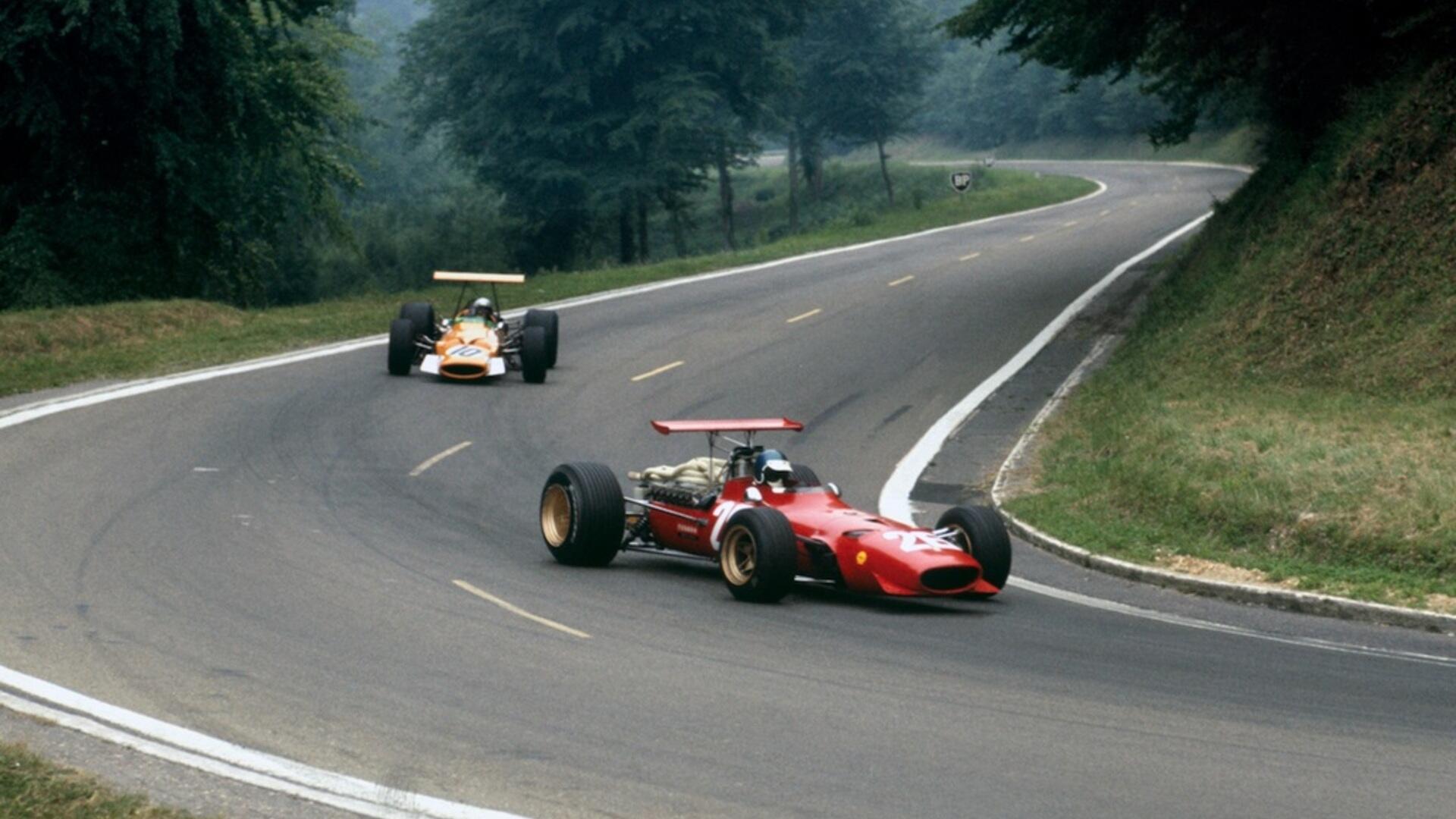
3. Rouen-Les-Essarts (France)
Fast, scenic, and deadly, Rouen challenged drivers like few other circuits. Its last F1 race was in the late 1960s.
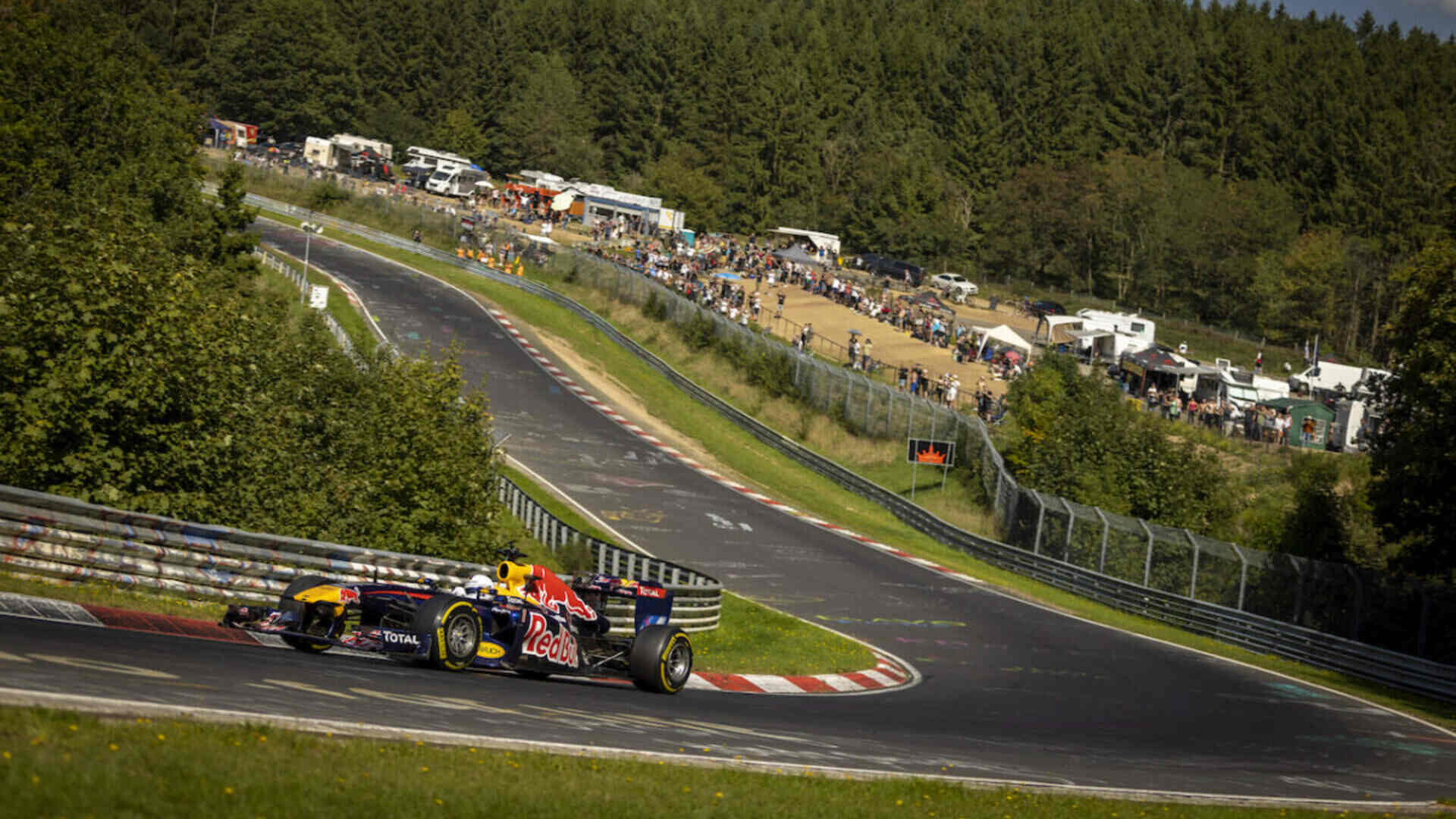
2. Nürburgring Nordschleife (Germany)
Nicknamed the “Green Hell,” this legendary track was too long and dangerous for modern F1. Niki Lauda’s fiery crash in 1976 sealed its fate.
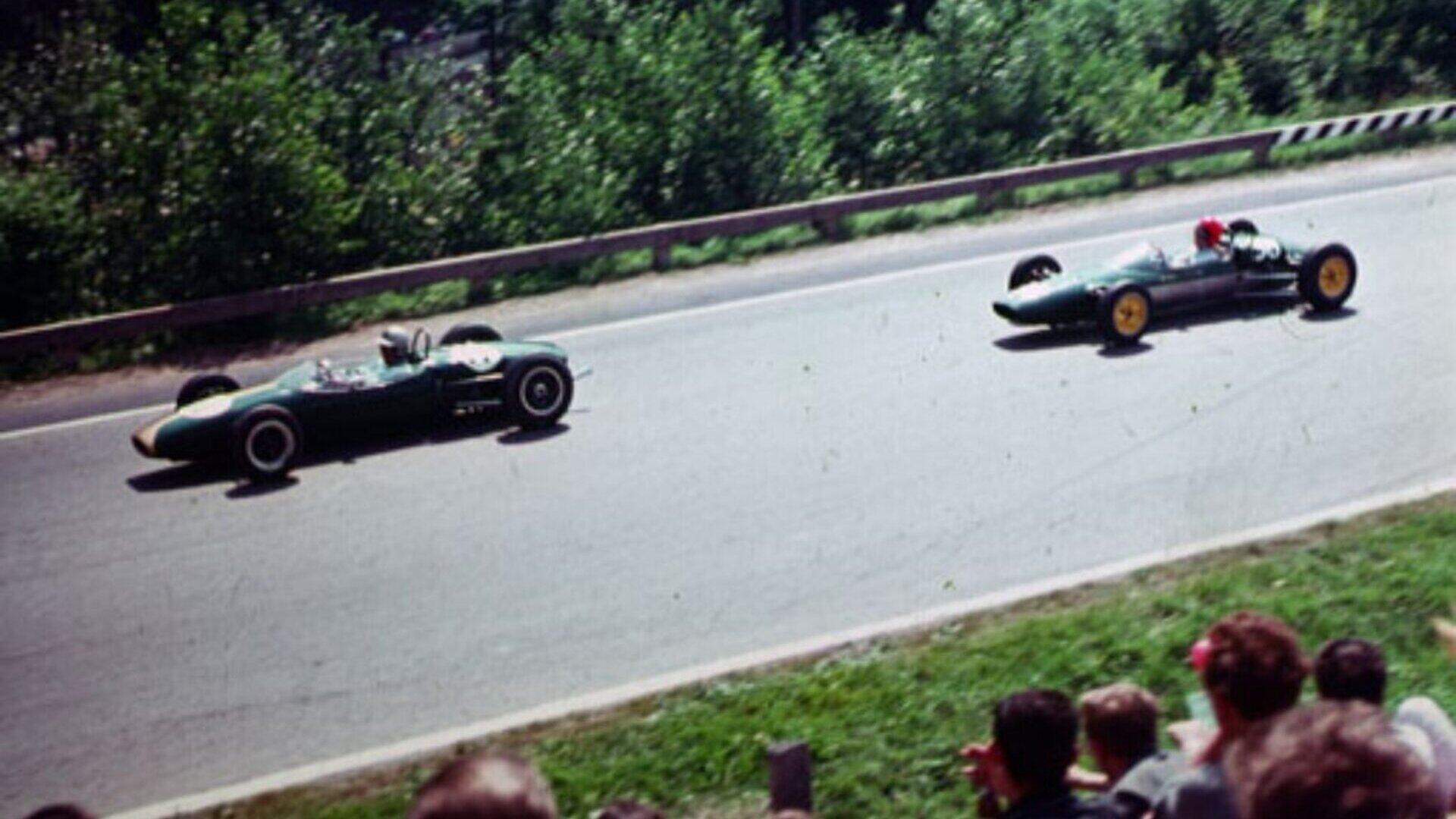
1. Solitudering (Germany)
A fast and twisty track near Stuttgart, Solitudering hosted the German GP in the 1950s and ’60s. Safety concerns and narrow layout ended its F1 career.

